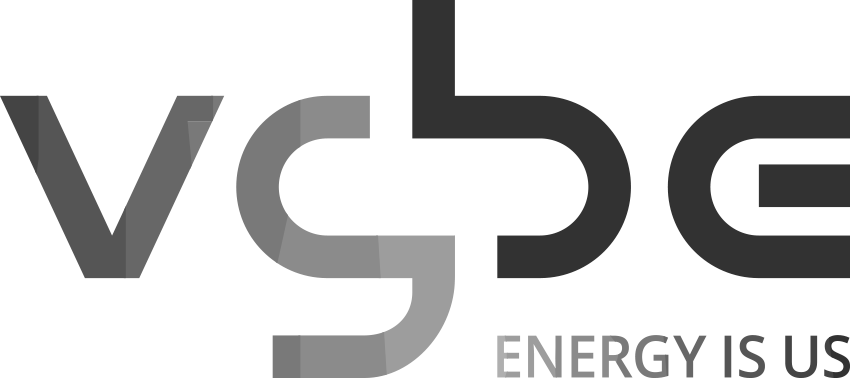Bücher
-
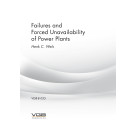
Failures and Forced Unavailability of Power Plants (Henk C. Wels, print) - Print
Bestell-Kennz.: B035zzgl. Steuern: 48,00 € Inkl. Steuern: 51,36 €Power plants are not functioning to the fullest 100 % of the time. Maintenance and inspection of some components require them to be off-line in time, however, this can be planned such that customers continue receiving power from the electrical grid, steam or district heating from other plants. Unplanned outages due to failures or external conditions may cause surprises and can lead to situations in which the demand is not satisfied at short term at large costs.
-
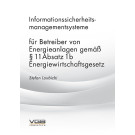
Informationssicherheitsmanagementsysteme für Betreiber von Energieanlagen gemäß § 11 Absatz 1b Energiewirtschaftsgesetz (Stefan Loubichi) - Print
Bestell-Kennz.: B31zzgl. Steuern: 91,59 € Inkl. Steuern: 98,00 €Durch das IT-Sicherheitsgesetz in Verbindung mit dem BSI-Gesetz, der KRITIS-Verordnung (Verordnung zur Bestimmung Kritischer Infrastrukturen nach dem BSI-Gesetz (BSI-Kritisverordnung – BSI-KritisV)) und dem IT-Sicherheitskatalog nach § 11 Absatz 1b EnWG (Energiewirtschaftsgesetz) müssen Betreiber Kritischer Infrastrukturen in einem komplexen Verfahren im Rahmen einer knapp bemessenen Zeitspanne nachweisen, dass sie Informationssicherheitsmanagementsysteme nicht nur implementiert sondern auch zertifiziert haben. Hinzu kommt, dass die von unabhängigen Dritten durchgeführten Prüfungen jährlich wiederholt werden.
-
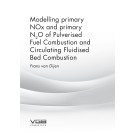
Modelling primary NOx and primary N2O of Pulverised, Fuel Combustion and Circulating Fluidised Bed Combustion (Frans van Dijen) - Print
Bestell-Kennz.: B15zzgl. Steuern: 91,59 € Inkl. Steuern: 98,00 €ABSTRACT
With more stringent emission limits with time, including NOx and N2O, and due to the high costs of secondary measures for NOx emissions reduction, knowledge of primary NOx and primary N2O is very important. With this knowledge, primary NOx and primary N2O can be reduced at low costs and in this way costs for secondary measures are much reduced as well. By applying the knowledge presented, the project costs of a CFBC plant can be lower than those of a PFC plant.
Knowledge regarding primary NOx and primary N2O, and their models, is useful for operators of PFC and CFBC regarding the influence of (the change of):
- Fuel, with PFC and CFBC
- Lambda, with PFC and CFBC
- Temperature, with CFBC
- Addition of limestone to the bed, with CFBC.
Knowledge regarding primary NOx and primary N2O, and their models, is useful for suppliers of boilers, burners, etcetera, regarding the influence of (the change of):
- Design, with PFC and CFBC
- Fuels and fuel flexibility, with PFC and CFBC
- Conversion of the boiler for other fuels, with PFC and CFBC
- Developing assisting systems / software, with PFC and CFBC
- Temperature, with CFBC
- Addition of limestone to the bed, with CFBC.
With this thesis, the mathematical models of primary NOx of CFBC, primary NOx of PFC and primary N2O of CFBC were improved. The models are based on chemical aspects, such as thermodynamics, kinetics and reaction mechanisms.
-

Compendium “Best Practices for Coal-Based Power Plants in Germany” - ebook
Bestell-Kennz.: VGB-B032-ebookThe aim of this “Best Practices” study is to identify the approaches taken by the German power industry for building and operating coal-based power plants and to compile these in one place. This study provides a comprehensive overview of the aspects that are important in all phases of a power plant lifecycle. Existing best practices and guidelines are referenced.
-
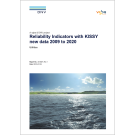
Reliability indicators with KISSY new data 2009 to 2020 - A vgbe & DNV project
Bestell-Kennz.: DNV-VGBE-23-0027Failures in power plants can be costly and efforts should be directed to prevent such events. Methods using Reliability Availability Maintainability (RAM) tools are well known to answer questions on target values for reliability and availability of a plant, capacity expansion planning, optimum redundancy, maintenance optimisation, spare parts management etc.. This report is available as an electronic PDF-document (ebook) of 1,167 pages. The largest part of the report consists of evaluations of various components that are identified by the power plant identification system (based and referenced on Kraftwerk-Kennzeichensystem – KKS function keys) and are used in different types of power plants (hard coal and lignite-fired power plants as well as combined cycle plants). ----- Ungeplante Ausfälle in Kraftwerken können kostspielig sein. Daher sollten diese vermieden werden. Dafür geeignete Methoden, die Reliability-Availability-Maintainability (RAM)-Tools verwenden, sind bekannt und werden angewendet. Sie liefern Hinweise und Ergebnisse, um die Zuverlässigkeit und Verfügbarkeit einer Anlage, die Planung von Kapazitätserweiterungen, optimale Redundanzen, die Instandhaltung, das Ersatzteilmanagement usw. zu optimieren. Solche RAM-Tools benötigen jedoch verlässliche Zuverlässigkeitsdaten. Nur wenige Projekte unterstützen die Erhebung solcher Daten, auch weltweit und vor allem über einen längeren Zeitraum. Dieser Bericht ist als elektronisches PDF-Dokument (ebook) mit 1.167 Seiten verfügbar. Der größte Teil des Berichts besteht aus Auswertungen verschiedener Komponenten, die durch das Kraftwerkskennzeichensystem (KKS) festgelegt werden und in unterschiedlichen Kraftwerkstypen (Steinkohle- und Braunkohlekraftwerken sowie GuD-Anlagen) eingesetzt werden.
